250 Books in C4D Studies Released for Free Access
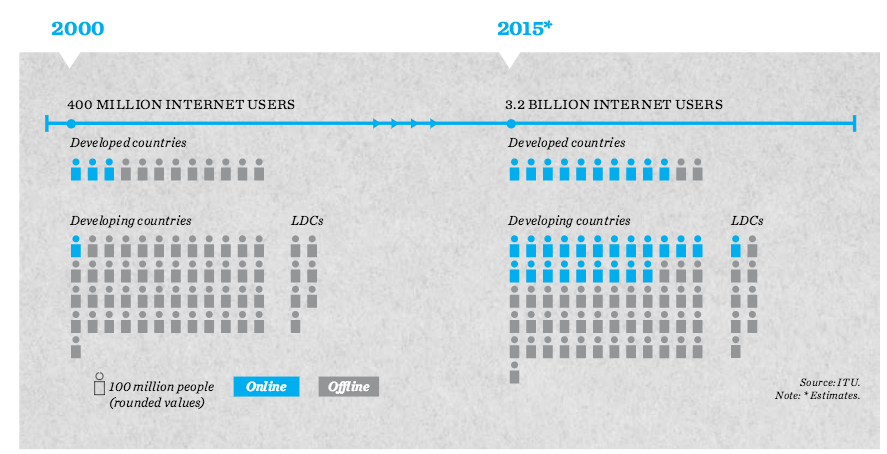
Get your free access to the most recent published works that cover media developments and project experiences in about 140 countries.
This invaluable gift to all our researchers and practitioners in communication for development comes from CAMECO literature database that has enriched its archives with 250 books published in 2014-2015. Participatory video, social media for social change, statistics on Internet penetration, news ethics and even “mindful journalism” – here are a few examples of publications in a vast number of fields that you can find in the online library.
- Audience Research, Media Use
- Development Communication, Environmental Communication, Health Communication
Rod MacLeod: Click! Using YouTube as a training tool. INTRAC, 2015, 15 p. (Praxis Note; 73)
“This praxis note suggests some possible ways to harness YouTube in support of civil society development. Firstly, it examines the ways in which YouTube might be used. Secondly, there are suggestions of particular clips that INTRAC staff and others have found useful.” (p.2)
- Disaster & Humanitarian Crisis Communication
- Gender & Media
Shireen Santosham, Dominica Lindsey: Bridging the gender gap: mobile access and usage in low- and middle- income countries. Connected women 2015. GSMA; Altai Consulting, 2015, 128 p.
“Women on average are 14% less likely to own a mobile phone than men, which translates into 200 million fewer women than men owning mobile phones. Women in South Asia are 38% less likely to own a phone than men, highlighting that the gender gap in mobile phone ownership is wider in certain parts of the world. Even when women own mobile phones, there is a significant gender gap in mobile phone usage, which prevents them from reaping the full benefits of mobile phone ownership.”
-
ICTs, Telecommunications
ICT facts and figures. Geneva: International Telecommunication Union (ITU), 2015, 8 p.
“In 2015 there are more than 7 billion mobile cellular subscriptions worldwide, up from less than 1 billion in 2000. Globally 3.2 billion people are using the Internet of which 2 billion are from developing countries. ICTs will play an even more significant role in the post 2015 development agenda and in achieving future sustainable deve- lopment goals as the world moves faster and faster towards a digital society.”
Media Economics, Media Management
Research Methods in Communication Studies & Social Sciences
“This toolkit is for organisations planning to use ‘participatory video and the most significant change’ (PVMSC) to evaluate their social change projects. Part one gives an overview of the key stages and things to consider when preparing for a PVMSC process and includes perspectives and feedback from partners and participants. Part two is a guide for facilitators as they carry out the games and exercises and includes case studies drawn from 10 years of InsightShare’s experience in a variety of contexts and countries.”
Image via ICTFactsFigures.
 New PhD opportunities at the University of Leicester
New PhD opportunities at the University of Leicester Call for Abstracts: New Directions in Media, Communication and Sociology (NDiMS) Conference
Call for Abstracts: New Directions in Media, Communication and Sociology (NDiMS) Conference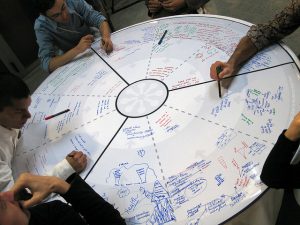 Ørecomm Team to Gather at the University of Coimbra
Ørecomm Team to Gather at the University of Coimbra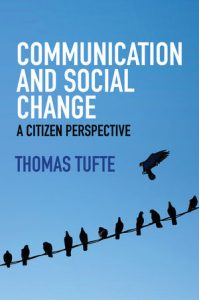 “Communication and Social Change – A Citizen Perspective” Published
“Communication and Social Change – A Citizen Perspective” Published C4D Network to Sum Up Global Communication for Development Practice
C4D Network to Sum Up Global Communication for Development Practice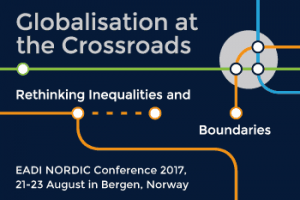 Entering Media and Communication into Development Conferences?
Entering Media and Communication into Development Conferences? IAMCR Conference 2016: Communication for Development Highlights
IAMCR Conference 2016: Communication for Development Highlights Glocal Classroom Revisited – Storytelling & Social Change Leicester-Malmö
Glocal Classroom Revisited – Storytelling & Social Change Leicester-Malmö I EvalComDev International Conference: Call for Papers
I EvalComDev International Conference: Call for Papers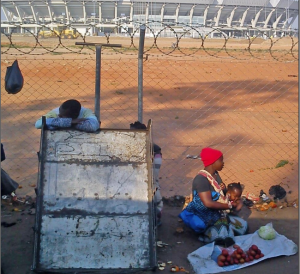 Looking for Media and Communication in Development Conferences: Devres 2016
Looking for Media and Communication in Development Conferences: Devres 2016